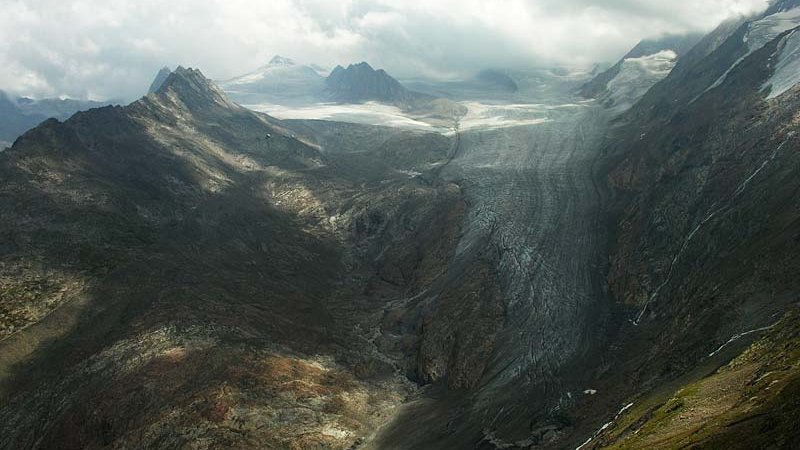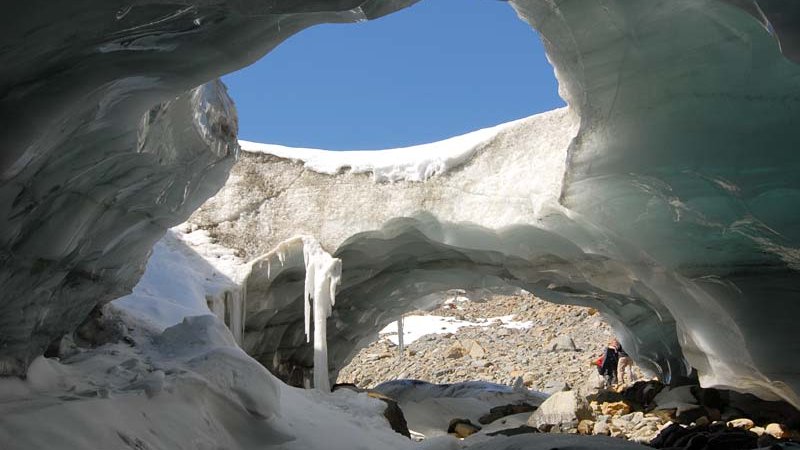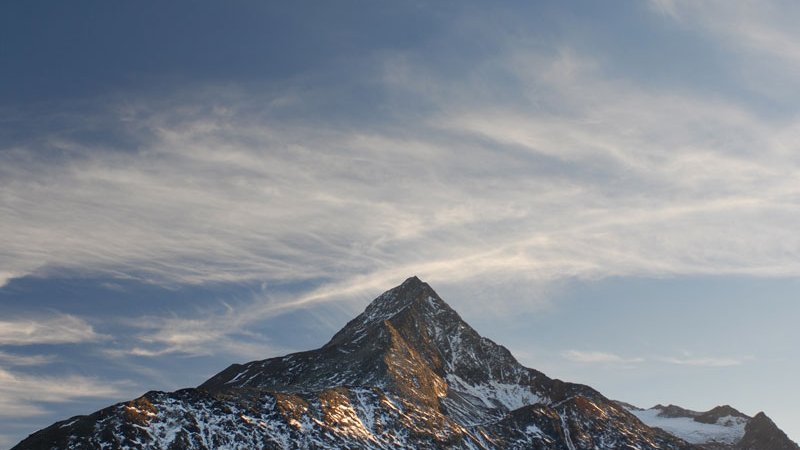Glaciers in the Ötz valley have long been called “Ferner” (deriving from „firn – fern – fert“ = old snow). The approximate 1°C rise in temperature during summer over the last 150 years has led to rapid melting of many alpine glaciers: some shrinking to half their size. During warm summer seasons glaciers lose about 5-7 m at the tongue! The lateral moraines of the Rotmoos glacier near Obergurgl give an indication of the prior advances of the glacier.
The “Ferner” (glaciers) have noticeably retreated since their peak extension around 1850 and their advances in 1920 and 1980; however, the retreating ice does not leave behind a wasteland devoid of life. Instead, the newly uncovered land is populated in a typical succession. The glaciers are hence a large-scale experiment of nature.
You might observe some strange specimen with bizarre tools in hand as they roam the Rotmoos valley. These creatures are usually biologists from the University of Innsbruck examining in great detail where, which and how quickly different species of plants and aminals repopulate ice-free areas.
Did you know…?
- There are currently 67 glaciers in the Ötztal Nature Park.
- Right now, glaciers cover 19% of the total area of the Ötztal Nature Park.













